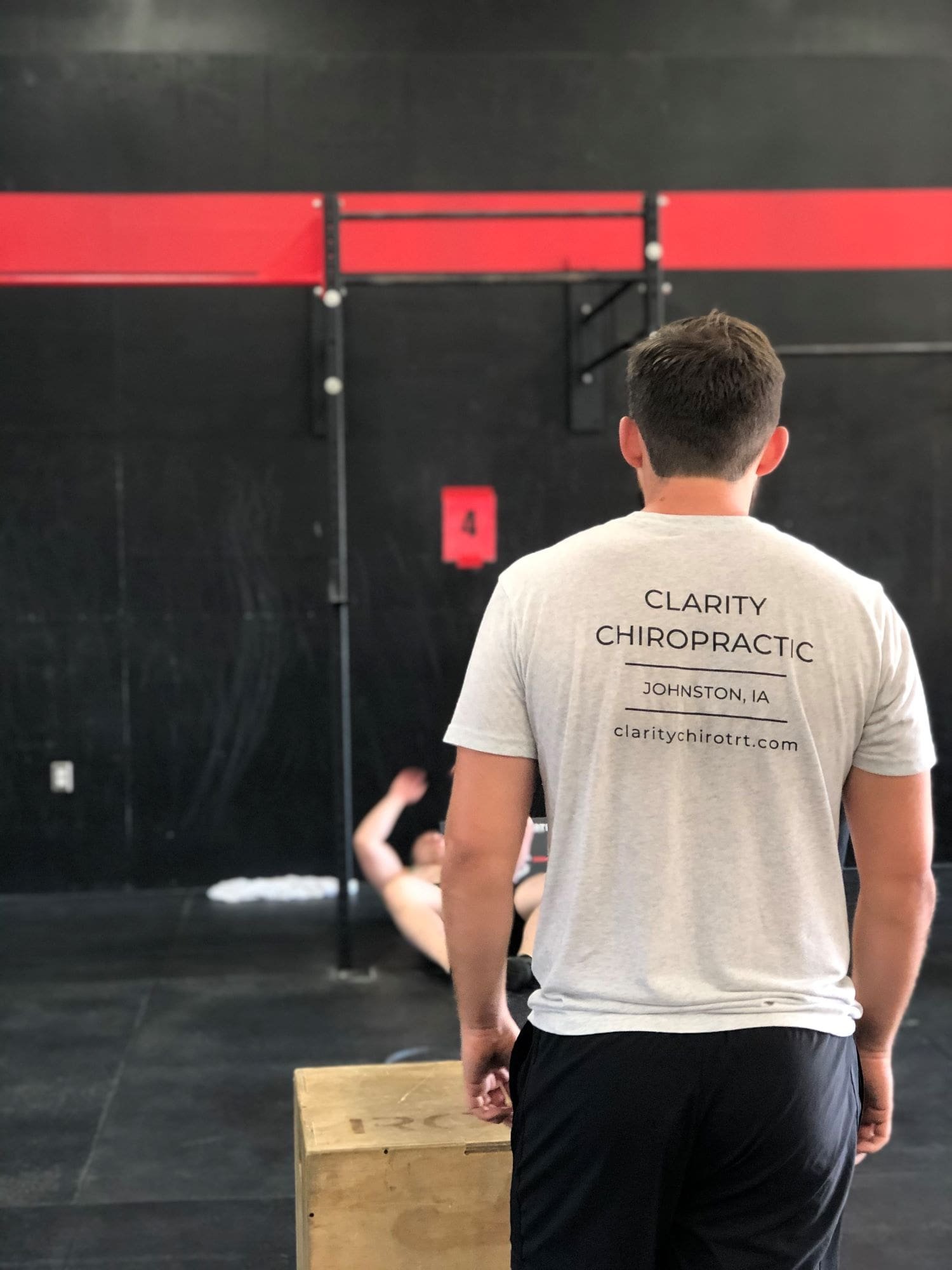Hyperbaric Oxygen Therapy and Athletic Performance: An In-Depth Analysis
Athletes continually seek methods to boost performance and speed up recovery. One emerging treatment that has garnered significant attention is Hyperbaric Oxygen Therapy (HBOT). This therapy involves breathing pure oxygen in a pressurized chamber, enhancing oxygen availability to tissues and promoting healing. This article delves into the application of HBOT in sports, examining its impact on performance, recovery, and overall athletic health through a comprehensive review of current research and clinical findings.
The Science Behind Hyperbaric Oxygen Therapy
HBOT functions by increasing the atmospheric pressure around the body, allowing the lungs to absorb more oxygen than they could under normal conditions. This elevated oxygen intake boosts the oxygen-carrying capacity of the blood, which subsequently delivers more oxygen to tissues. This process is especially beneficial for treating injuries where oxygen supply is compromised.
Higher oxygen levels can result in various physiological benefits, such as reduced inflammation, enhanced tissue regeneration, and improved immune response. These effects are particularly advantageous for athletes who frequently encounter muscle strain, ligament injuries, and other forms of physical trauma.
HBOT and Athletic Performance Enhancement
Numerous studies have explored the potential of HBOT to enhance athletic performance. A study by Borromeo et al. (2015) discovered that HBOT significantly improved aerobic capacity and endurance in trained athletes. The research highlighted that athletes who underwent HBOT showed improved VO2 max levels, a critical indicator of aerobic endurance.
Another study by Staples and Clement (2018) demonstrated that HBOT could enhance muscle strength and power. Conducting a double-blind, placebo-controlled trial involving professional weightlifters, the researchers found that those who received HBOT sessions exhibited substantial gains in muscle strength compared to the control group.
These findings suggest that HBOT can be a valuable tool for athletes seeking to enhance their performance, particularly in sports requiring high levels of endurance and strength.
HBOT and Injury Recovery
Athletic injuries often result in downtime, which can be detrimental to an athlete’s career. Therefore, accelerating the recovery process is a priority. HBOT has shown promise in this area, particularly for its anti-inflammatory and tissue repair properties.
A significant study by Bennett et al. (2012) focused on the effects of HBOT on soft tissue injuries. The research indicated that athletes who received HBOT sessions had a faster recovery rate compared to those who did not. The study reported reduced swelling and pain and an overall quicker return to training and competition.
Moreover, a meta-analysis by Gill and Bell (2017) reviewed several clinical trials on HBOT for sports injuries. The analysis concluded that HBOT effectively reduced recovery time for muscle strains, ligament tears, and even bone fractures. The authors emphasized that the therapy’s ability to enhance collagen synthesis and reduce oxidative stress plays a crucial role in its effectiveness.
HBOT and Psychological Benefits
The psychological aspect of recovery and performance is crucial and cannot be overlooked. HBOT has been shown to have positive effects on mental well-being, which is vital for athletes under constant physical and mental stress.
A study by Fisher et al. (2014) investigated the impact of HBOT on cognitive function and mood in athletes. The results suggested that HBOT sessions led to improvements in cognitive performance, reduced anxiety, and enhanced overall mood. These psychological benefits can contribute to better performance and quicker recovery.
Case Studies and Real-World Applications
Several professional athletes and sports teams have integrated HBOT into their training and recovery programs. For instance, NFL star Joe Namath has publicly advocated for HBOT after using it to recover from concussion-related symptoms. Similarly, the English Premier League’s Chelsea Football Club has invested in HBOT chambers to support player recovery and performance.
These real-world applications underscore the growing acceptance and utilization of HBOT in professional sports. Athletes from various disciplines have reported positive outcomes, further validating the therapy’s benefits.
Future Directions and Research
While the current body of research on HBOT is promising, much remains to be explored. Future studies should focus on long-term effects, optimal treatment protocols, and the mechanisms underlying the therapy’s benefits. Additionally, research should aim to understand the potential risks and contraindications associated with HBOT to ensure its safe and effective application.
Hyperbaric Oxygen Therapy holds significant potential for enhancing athletic performance and accelerating recovery from injuries. The therapy’s ability to increase oxygen availability, reduce inflammation, and promote tissue repair makes it a valuable tool for athletes. While more research is needed to fully understand its long-term effects and optimal usage, current evidence supports the inclusion of HBOT in athletic training and recovery programs. As the sports world continues to seek innovative ways to push the boundaries of human performance, HBOT stands out as a promising and effective option.




